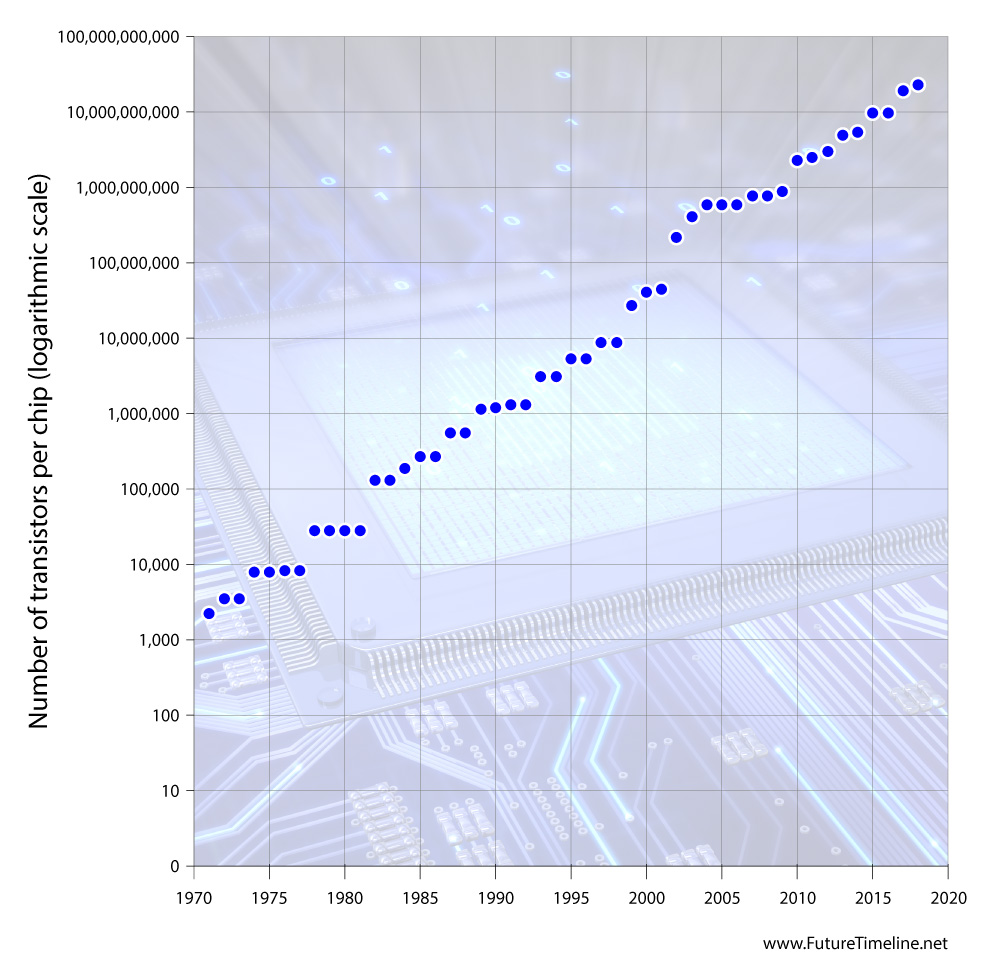
Deep Learning in Python is a great tutorial for how to create a neural network using Python. This book explains the concepts behind neural networks. It includes the class hierarchy and layers, activation function, architectures, and the class hierarchy. It also talks about various libraries and tools for deep-learning, such as Keras and PyTorch. The book also encourages readers learning to code neural nets by heart.
Machine learning
Perhaps you are interested in learning more about the benefits of Python deep learning for machine-learning tasks. It is best to use large datasets for deep learning algorithms. For deep learning, the wine quality data can be used. This data set is one of the most used in machine learning. You can use it as your starting point for Python deep learning. But there are many data sets you could use to train your network.

Deep learning
If this is your first time to Python deeplearning, it's possible you will be confused. A book by Trask on deep learning is a great way to start. You will learn about neural networks, layers, activation functions, and more in this book. The best part about this book is that it is free! And you can start developing deep neural networks right away! Although you don't have to be an expert in neural networks, this book will help you.
Neural networks
A Python deeplearning framework is one popular method to train neural nets. This approach consists of applying various operations to vectors and building a model based on those inputs. Once the model's construction is complete, it creates an output based off the input data. Neural networks are able to learn from both image and text data. This method is known by the "forward feed neural networks". You must import NumPy in order to use this method.
Tensorflow
Tensorflow for Python is a Python library that allows you to use deep learning algorithms in your projects. It is free to download and is the most popular choice for Python programmers. It is able to perform neural network operations using multidimensional arrays. In this tutorial, you will learn how to use TensorFlow for Python and explore your data with it.

Keras
Keras is a great tool for anyone who wants to build their own neural networks. It has been in use by big companies like Uber, Netflix and Google, and has the potential to be the same for small companies. Keras can create models that are compatible with any architecture by using a simple API. It adheres to best practices and provides clear feedback when you make mistakes. This also minimizes user actions for common uses. It can integrate with other libraries like TensorFlow and Theano.
FAQ
What can AI do?
AI serves two primary purposes.
* Prediction - AI systems can predict future events. A self-driving vehicle can, for example, use AI to spot traffic lights and then stop at them.
* Decision making-AI systems can make our decisions. So, for example, your phone can identify faces and suggest friends calls.
How do AI and artificial intelligence affect your job?
AI will take out certain jobs. This includes drivers, taxi drivers as well as cashiers and workers in fast food restaurants.
AI will create new jobs. This includes jobs like data scientists, business analysts, project managers, product designers, and marketing specialists.
AI will simplify current jobs. This includes accountants, lawyers as well doctors, nurses, teachers, and engineers.
AI will improve efficiency in existing jobs. This includes agents and sales reps, as well customer support representatives and call center agents.
How does AI impact the workplace
It will transform the way that we work. We can automate repetitive tasks, which will free up employees to spend their time on more valuable activities.
It will enhance customer service and allow businesses to offer better products or services.
It will enable us to forecast future trends and identify opportunities.
It will help organizations gain a competitive edge against their competitors.
Companies that fail AI implementation will lose their competitive edge.
Statistics
- In 2019, AI adoption among large companies increased by 47% compared to 2018, according to the latest Artificial IntelligenceIndex report. (marsner.com)
- In the first half of 2017, the company discovered and banned 300,000 terrorist-linked accounts, 95 percent of which were found by non-human, artificially intelligent machines. (builtin.com)
- More than 70 percent of users claim they book trips on their phones, review travel tips, and research local landmarks and restaurants. (builtin.com)
- By using BrainBox AI, commercial buildings can reduce total energy costs by 25% and improves occupant comfort by 60%. (analyticsinsight.net)
- That's as many of us that have been in that AI space would say, it's about 70 or 80 percent of the work. (finra.org)
External Links
How To
How to make Siri talk while charging
Siri can do many things. But she cannot talk back to you. Because your iPhone doesn't have a microphone, this is why. Bluetooth is an alternative method that Siri can use to communicate with you.
Here's how you can make Siri talk when charging.
-
Select "Speak When Locked" under "When Using Assistive Touch."
-
To activate Siri, double press the home key twice.
-
Siri will speak to you
-
Say, "Hey Siri."
-
Speak "OK"
-
You can say, "Tell us something interesting!"
-
Say "I'm bored," "Play some music," "Call my friend," "Remind me about, ""Take a picture," "Set a timer," "Check out," and so on.
-
Say "Done."
-
If you would like to say "Thanks",
-
If you're using an iPhone X/XS/XS, then remove the battery case.
-
Reinsert the battery.
-
Assemble the iPhone again.
-
Connect the iPhone to iTunes.
-
Sync your iPhone.
-
Allow "Use toggle" to turn the switch on.